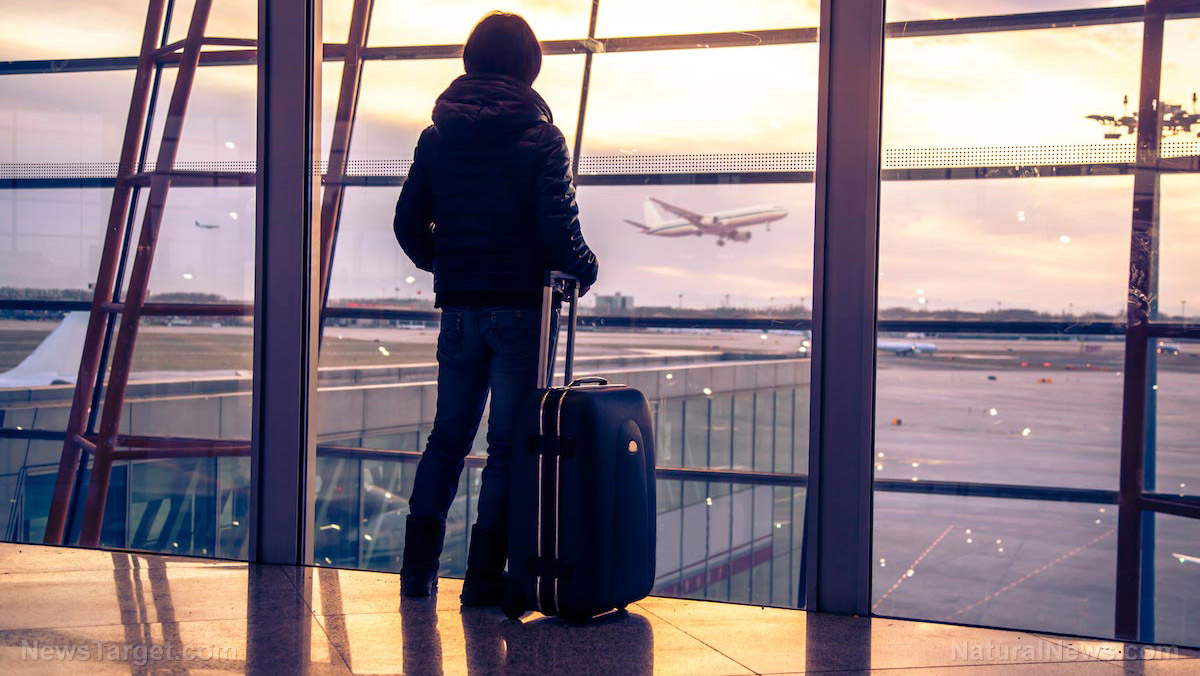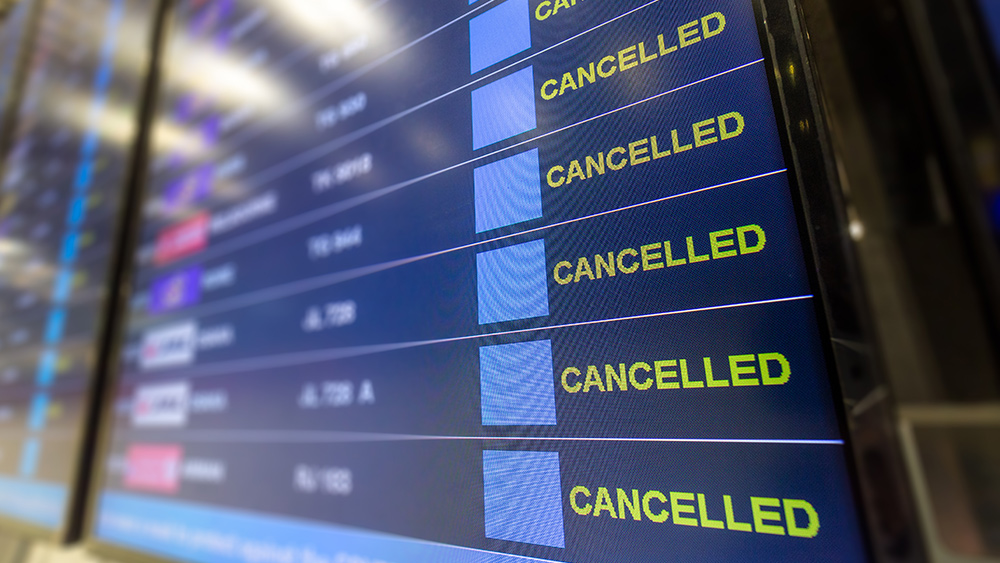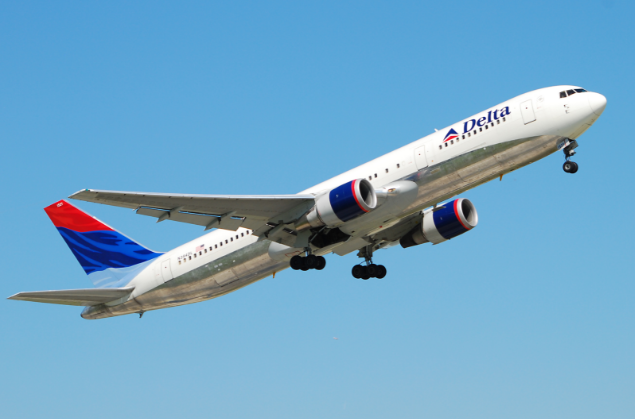
That is, the use of biofuels, such as the blended fuel type derived from brassica carinata that powered the Qantas QF96 flight from Los Angeles to Melbourne, requires an entirely different set of materials and methods to produce. Qantas may be planning to have regular biofuel-based flights by 2020, but some people think that this is a horrible idea.
Last year, an analysis spearheaded by the organizations BirdLife and Transport and Environment called for an end to the use of biofuels that were based on food. As the main argument of the analysis goes, the use of food-based biofuels has caused -- or undoubtedly will cause -- increases in global food prices. Not to mention, it can also damage the environment.
While it's true that the use of biofuels to power plane flights results in reduced greenhouse gas emissions, it's also known to be quite expensive. Biofuel is said to cost more than twice the price of conventionally produced jet fuel, making it far too expensive for pretty much any airline to use in regular operations. According to a new report that did the math on the biofuel used in the latest flight announced by Qantas, things are a little bit more complicated than you might think.
To complete the 15-hour trans-Pacific flight between the U.S. and Australia, the Qantas QF96 plane needed to use 24,000 liters of biofuel blend. Based on Qantas estimations, the plane was able to save them around 18,000 kilograms in carbon emissions during its flight. However -- and this is the most important part -- it did so while relying on fuel that took up a total of 150 acres of land to grow. That's more than three times the size of Vatican City.
Of course, part of the work being done by experts from both Qantas and Agrisoma involves improving their current methods to achieve better yields and therefore manage to increase cost-efficiency and productivity. But that may be a ways away.
According to Alison Webster, the Chief Executive Officer of Qantas International, the focus right now should be on the fact that the use of biofuel delivers the same results as using conventional fossil fuels but with a much less harmful impact on the environment. "The aircraft is more fuel efficient and generates fewer greenhouse emissions than similarly sized-aircraft," he explained, "and today's flight will see a further reduction on this route."
Meanwhile, Steve Fabijanski, the Chief Executive Officer of Agrisoma, wants to emphasize the importance of their partnership with Australian farmers and how it will impact their work on biofuels in the future. "Biojet fuel made from Carinata delivers both oil for biofuel and protein for animal nutrition while also enhancing the soil its grown in," said Fabijanski. "We are excited about the potential of the crop in Australia and look forward to working with local farmers and Qantas to develop a clean energy source for the local aviation industry."
There's absolutely no doubt that it's a cleaner fuel option, but unless they manage to make a breakthrough that makes it possible to produce the amount of biofuel required for regular flights without compromising on good farmland, then this new fuel technology may not have a future after all.
Read more news stories about biofuel at Power.news.
Sources include:
Please contact us for more information.























